HOW A JERSEY BASED FASHION DESIGNER MADE DRESSING EASIER FOR THE PHYSICALLY CHALLENGED…WITH A LITTLE HELP FROM TOMMY HILFIGER
BY LAURA D.C. KOLNOSKI • PHOTOS BY ROBERT NUZZIE & LEANDRO JUSTEN
The Runway of Dreams story began when Oliver, a compassionate, funny, curious sixth grader diagnosed with a rare form of muscular dystrophy, wanted to wear jeans to school, just like his friends. As it happened, his mother, Mindy Scheier, was a fashion designer.
Scheier quickly realized millions of people around the globe similarly struggled to find fashionable clothing that met their needs, and began to envision a world where adaptive clothing for the disabled and their caregivers was mainstream. Following a year of intense research via surveys, focus groups, and hospital visits to determine different types of disabilities and needs, in 2014 she designed perhaps her defining creation: the non profit Runway of Dreams Foundation.
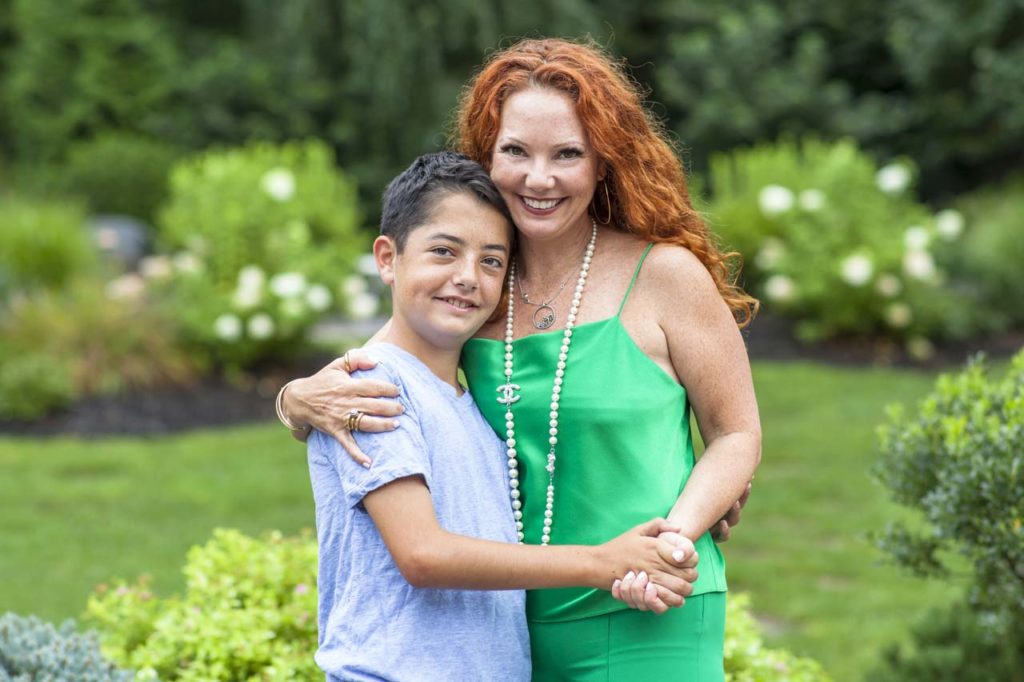
“In general, closures like zippers, hooks and eyes, and buttons were the most prevalent challenges,” she recalled. “We developed modifications to make life easier for any disability through adjustability of sleeve length, waistbands, and alternative ways to get clothing on and off, like opening in back instead of overhead.” It wasn’t long before the fashion world, and one key figure in particular, took notice.
“When I started Runway of Dreams, I utilized all my fashion industry connections, including a man who had a connection to the manufacturer of Tommy Hilfiger’s children’s line,” Scheier said. Her organization partnered with Hilfiger in 2016 to develop its first adaptive clothing line. “It was a revolution in the fashion industry. I was excited and honoured.” The energetic and articulate Scheier is now a consultant for Tommy Adaptive. Hilfiger has taken up the cause, teaming this year with Special Olympics in recognition of that organization’s 50th anniversary.
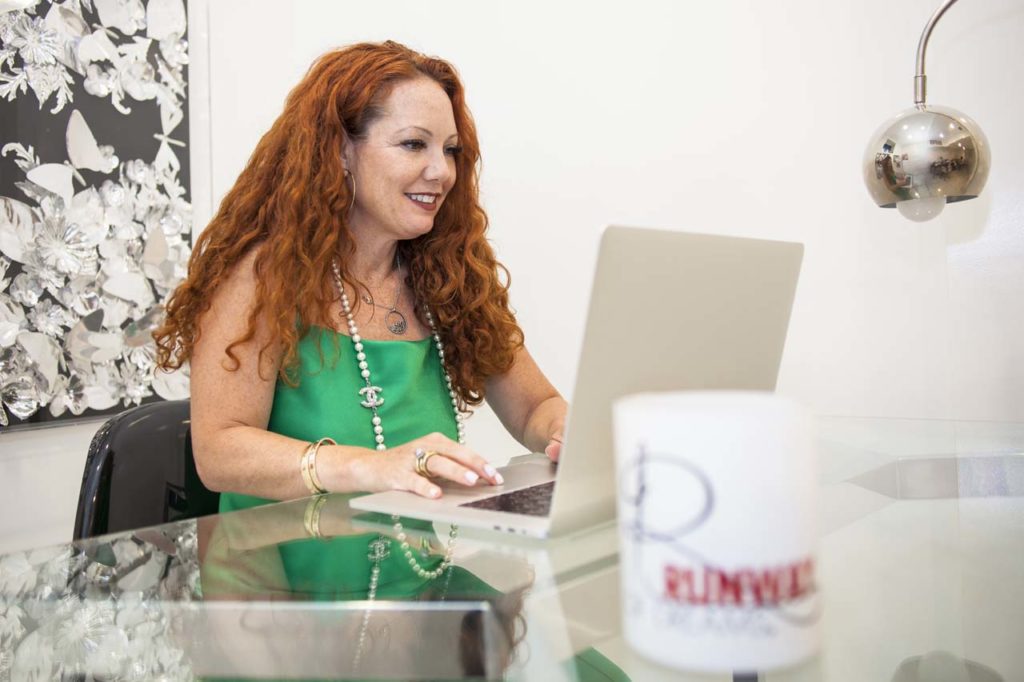
According to his website, Hilfiger joined the “Inclusion Revolution” to make getting dressed easier for those with physical challenges. Tommy Adaptive has magnetic buttons and closures, one handed zippers, side seam and wide leg openings, easy front and back openings, and adjustable hems. His “technical solutions” include pants with low fronts and high backs for those in wheelchairs.
The Hilfiger brand is among the many sponsors of Runway of Dreams’ annual gala, held in early September at the famed Cipriani restaurant on 42nd Street in New York City, and now in its third year. Sponsors include fashion VIPs like Steve Madden, Ralph Lauren, Amazon Fashion, Joseph Abboud, Tourneau, and BCBGMaxAzria.
“This is our most important year,” Scheier said in August. “We have moved the event to coordinate with New York’s Fashion Week. If we were really going to make change happen, we needed to put a stake in the ground during Fashion Week. Our runway models are all different ages, ethnicities, abilities. We want to show these are consumers, too.”
The gala draws up to 600 attendees, and the host/emcee of this year’s was actor RJ Mitte, best known for his role as Walter White Jr. on the Emmy winning series Breaking Bad. Like his character on the television drama, Mitte has Cerebral Palsy, and has used his platform to advocate for inclusion, particularly in his role as Ambassador for United Cerebral Palsy.
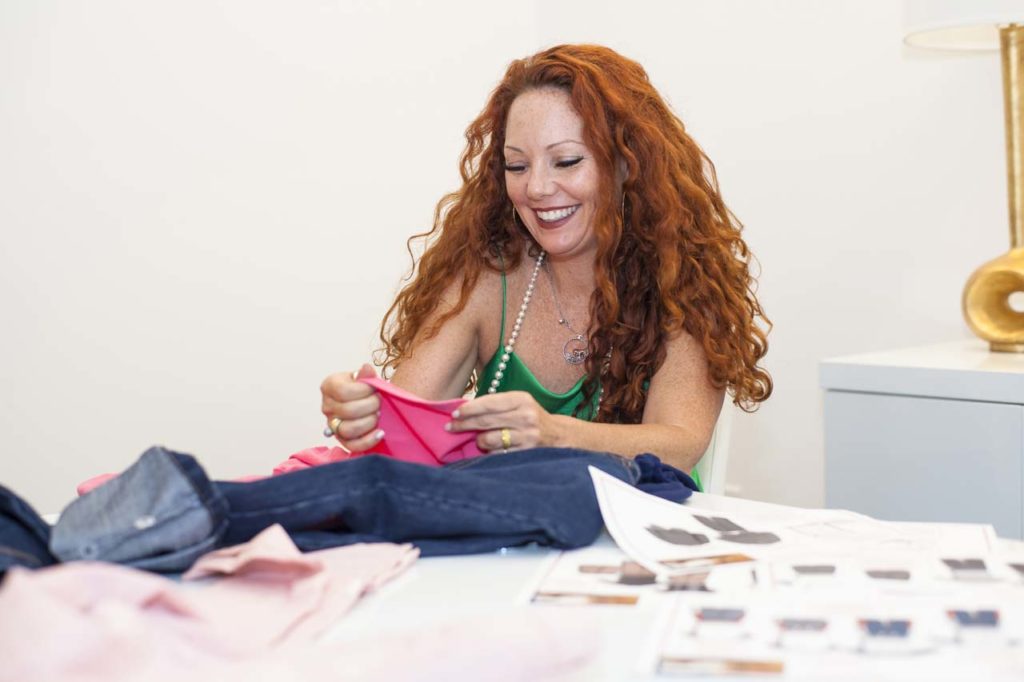
This year’s gala also lauded three honorees: Zappos Adaptive Advisory Council received a “Commitment to Inclusion Award,” Target/Cat & Jack took the “Champion of Change Award,” and Jason Redman of the Combat Wounded Coalition was recognized with the “Inspirational Achievement Award.” Redman’s organization, Overcome Academy, offers a free course in leadership, purpose, resiliency, communication, nutrition, and physical fitness for veterans. Upon graduation, participants are given a suit customized for their needs, with funding help from Runway of Dreams, which is expanding into working with the Wounded Warriors Project.
“We now we have major brands committed to the Runway of Dreams movement of complete inclusion; it’s spectacular how committed they are,” Scheier noted. Nike has also answered the call, prompted by a letter from a college bound young man who couldn’t tie his own shoes. Scheier said, “He asked for Nike’s help and got it. The sneakers keep the aesthetics of Nikes and can be put on with ease.” Indeed, Nike Fly Ease sneakers, designed for athletes of all abilities and ages, feature a zipper and strap system to help wearers get their shoes on and off via a special adjustable closure at the back that operates with one fluid motion.
Scheier is a Philadelphia native. She moved to Livingston with her husband, Greg, of Edgemont, New York, eight years ago because “New Jersey was a middle point for our families.” She graduated from the University of Vermont with a major in fashion design, and entered the industry as an assistant designer for a small women’s sportswear company, designing for Federated Department Stores (owner of Macy’s) before becoming a stylist at Saks Fifth Avenue. Scheier is also the co-founder of Future Fashionistas, also of Livingston, a design school for youth age six to 18. The couple has two other children who do not have disabilities. Oliver is now 13.
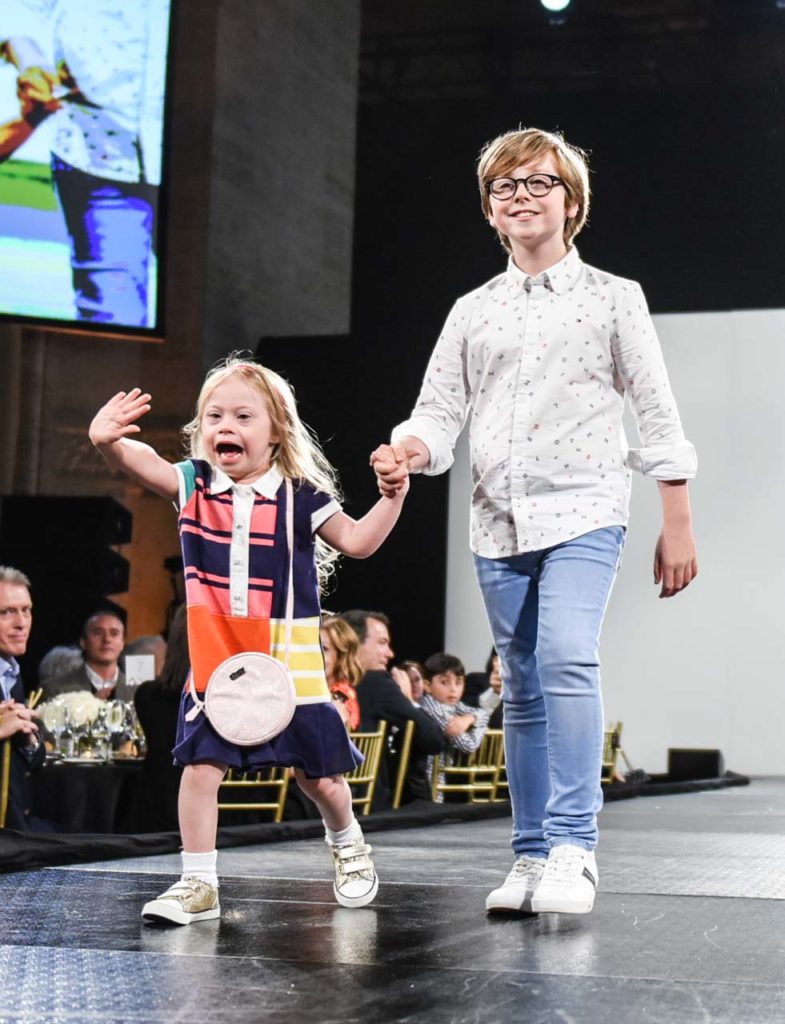
The Runway of Dreams Foundation develops, delivers, and supports a variety of charitable initiatives, including Shriners’ Hospitals, Children’s Hospital of Philadelphia, schools, and other facilities. It invests in the future of adaptive design and innovation by hosting symposiums and workshops that engage the differently abled community and fashion industry in collaborative efforts, provides scholarships, and facilitates learning opportunities for the next generation of adaptive apparel leaders. “We have pillars within our foundation we allocate dollars to to get adaptive clothing into the hands of those who need it,” Scheier said.
“Through adaptive clothing donations, employment opportunity initiatives, design workshops, awareness building campaigns, and scholarships programs, the Foundation is empowering people with disabilities with opportunity, confidence, independence, and style.” Recently, Scheier has been working with colleges and universities, starting campus chapters to inform and encourage students to consider the future of adaptive fashion.
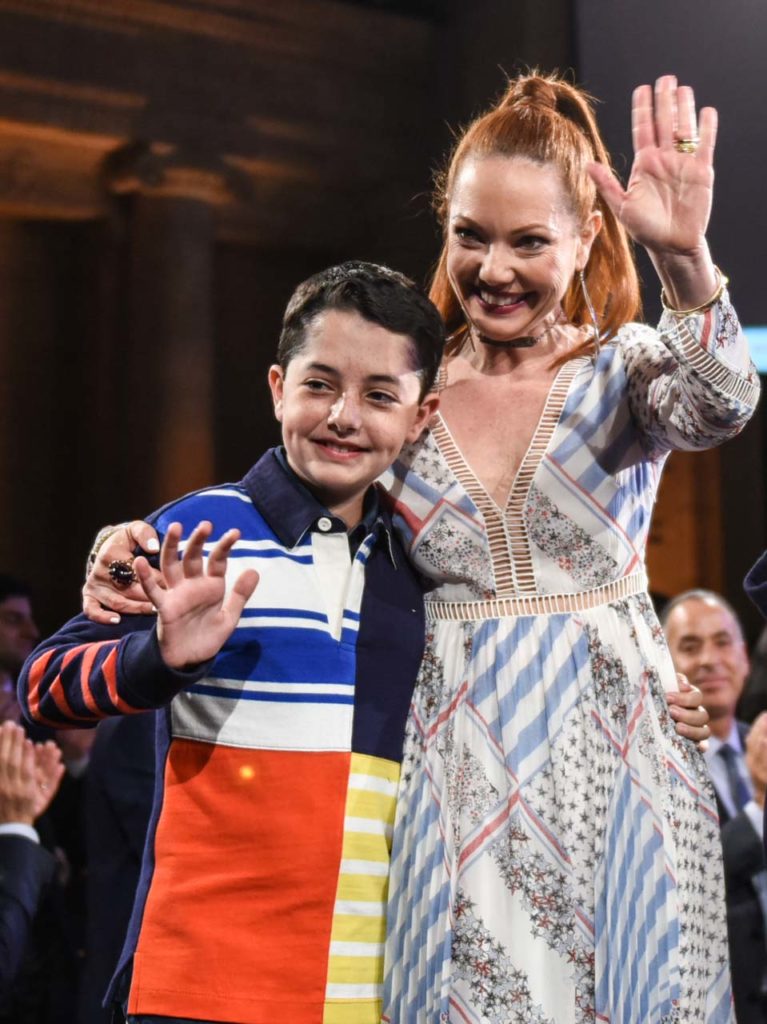
Mindi Scheier
“Helping Oliver made me realize that adaptive clothing was not just something that could help our family,” she said. “Fashion has a profound impact on someone’s self worth. Oliver opened my heart and eyes to incredible people in the differentlybabled community, who have unique and important stories to share about their experiences.” Customer feedback demonstrates an eagerness to have their voices heard, she said, adding, “We get ideas and comments on what can be made better. We funnel those to the fashion industry. We want that industry to understand this enormous population that wasn’t being served.” The organization’s Model Look Book, posted on its website, promotes people of all shapes, sizes, and abilities to ad agencies, retailers, and brands, creating employment opportunities.
“What started as a single purchase of jeans has grown into an industry wide inclusion movement,” Scheier reflected. “We encourage everyone to join the conversation. Think about what it would be like to dress yourself and not have options.”
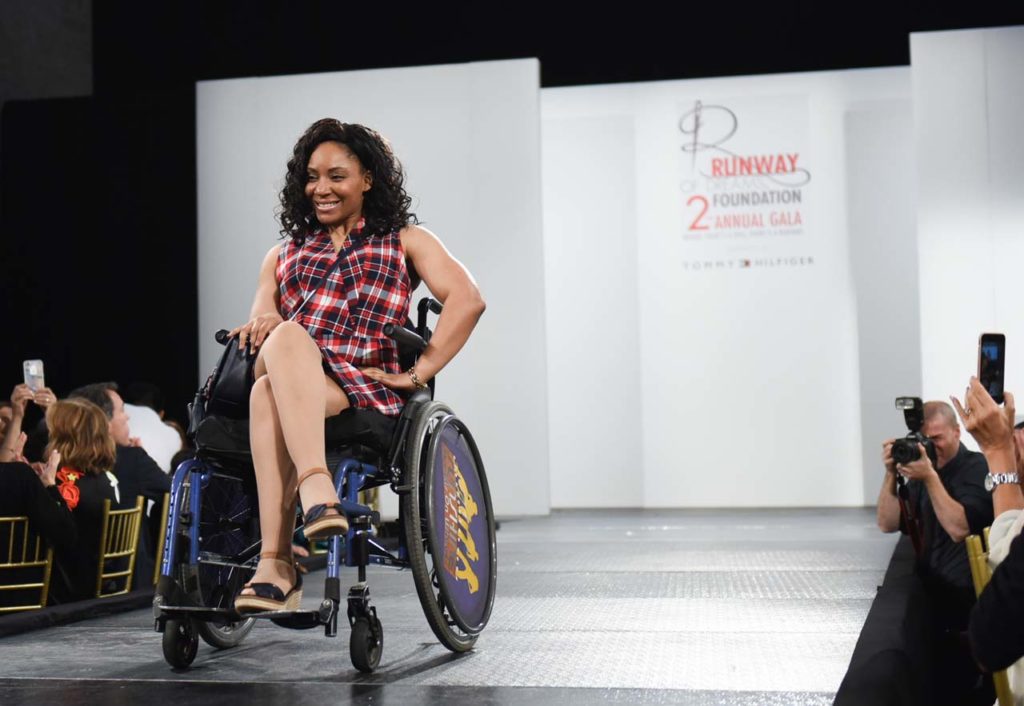
Runway of Dreams
runwayofdreams.org


